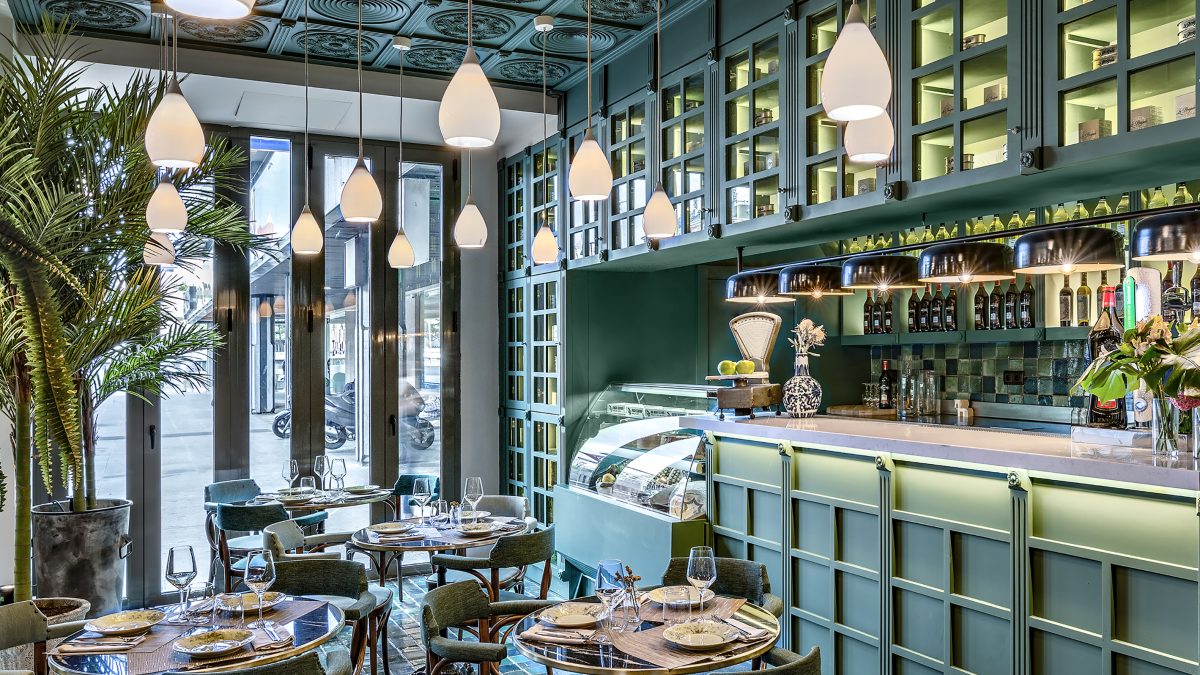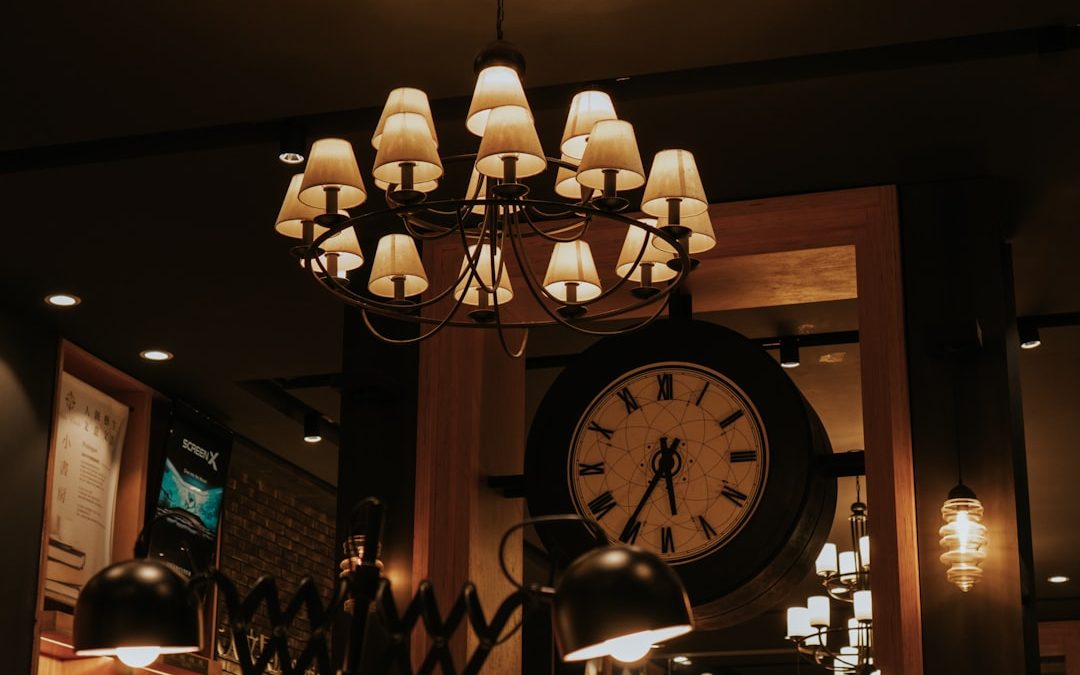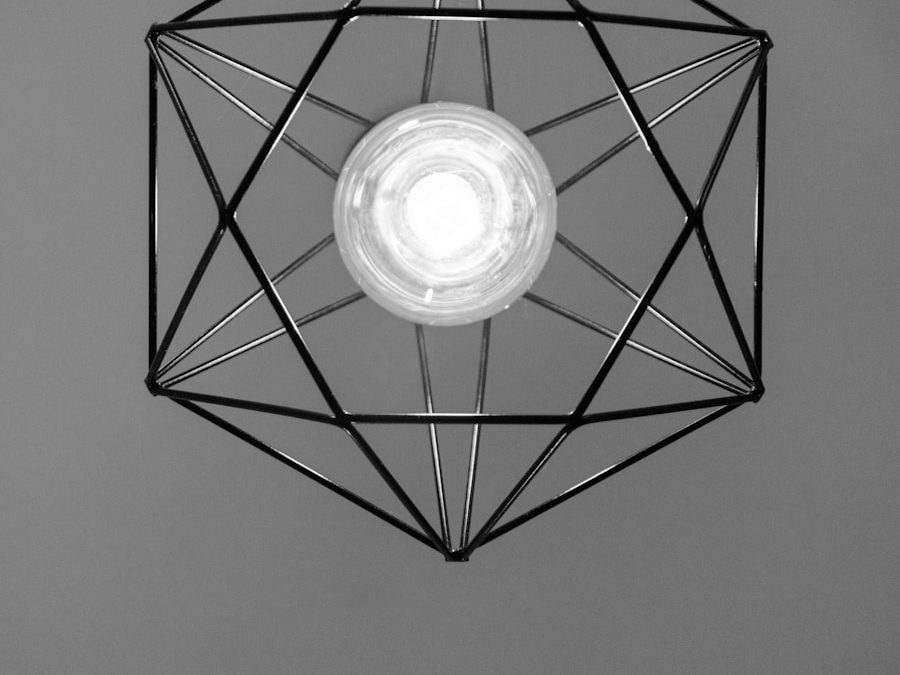
Limitless Luxury: The Beauty and Versatility of Gold Ceilings
The History of Gold Ceilings
Gold has been an important element in the history of art and architecture for centuries. The use of gold in decoration was first popularized during the ancient Egyptian and Greek periods, and then during the Renaissance. Gold leaf was used as a symbol of wealth, luxury, and divine connection. It was used in everything from jewelry to clothing to architectural elements like ceilings.
One of the most famous examples of a gold ceiling is found in the Palace of Versailles in France. The Hall of Mirrors has an enormous gold-leafed ceiling that creates a stunning illusion of endless space and light.
Contemporary Uses of Gold Ceilings
Today, gold ceilings continue to be used in a variety of settings. They can be found in luxury homes and hotels, commercial buildings, and even in houses of worship. The versatility of gold ceilings is what makes them such a desirable design element.
In luxury homes, gold ceilings can be used to create a feeling of opulence and extravagance. They can be used in foyer entryways, living rooms, and even bedrooms. In commercial spaces, gold ceilings can be used to create a sophisticated and elegant look, often in hotel lobbies or high-end restaurants.
Gold ceilings are also used in houses of worship. They can be found in churches, synagogues, and mosques as an expression of divine magnificence. Gold is believed to be a symbol of strength and purity, making it a fitting choice for religious buildings.
The Benefits of Gold Ceilings
In addition to their aesthetic appeal, gold ceilings also offer a number of benefits. Gold is a reflective material, making it an excellent choice for spaces where natural light is limited. A gold ceiling can help to brighten up a dimly lit room, creating a warm and inviting atmosphere.
Gold ceilings also have a number of practical benefits. They are resistant to corrosion and oxidation, making them a durable choice for high-traffic areas. They are also easy to clean and maintain, as gold leaf can be wiped down with a soft cloth.
The Process of Creating a Gold Ceiling
Creating a gold ceiling is a meticulous process that requires a skilled artisan. The first step is to prepare the surface of the ceiling by cleaning it thoroughly and ensuring that it is smooth and even. Next, a gesso primer is applied to the surface to create a bonding layer.
Once the primer has dried, the gold leaf is applied. The gold leaf is typically made by pounding gold into thin sheets, which are then cut into small squares or rectangles. The gold leaf is applied to the surface of the ceiling with a brush, using a special adhesive that is designed to bond with the gesso primer.
After the gold leaf has been applied, the surface is allowed to dry for several hours. Finally, a sealant is applied to protect the gold leaf from tarnishing or fading over time.
The Cost of Gold Ceilings
One of the biggest drawbacks of gold ceilings is their cost. Gold leaf is an expensive material, and the process of applying it to a ceiling is time-consuming and labor-intensive. As a result, the cost of a gold ceiling can run anywhere from several thousand to tens of thousands of dollars, depending on the size of the ceiling and the complexity of the design.
The Future of Gold Ceilings
Despite their cost, gold ceilings continue to be a popular design element in contemporary architecture. As new techniques and technologies are developed, it is likely that gold ceilings will become more accessible to a wider range of consumers.
In the future, we may see more environmentally friendly alternatives to traditional gold leaf, such as gold-colored paints or sustainable materials that mimic the look of gold. However, the timeless beauty and versatility of gold ceilings are likely to endure for generations to come.



